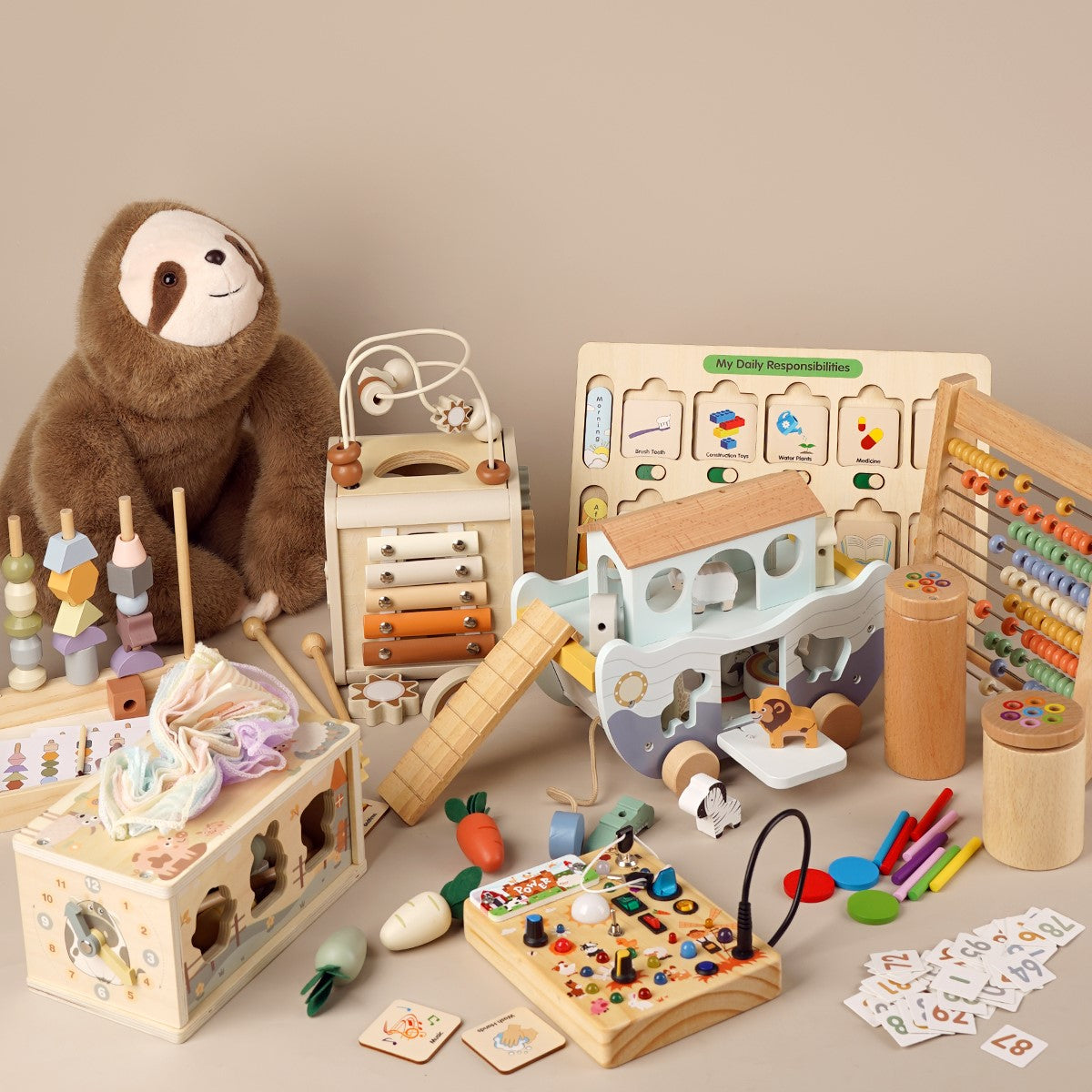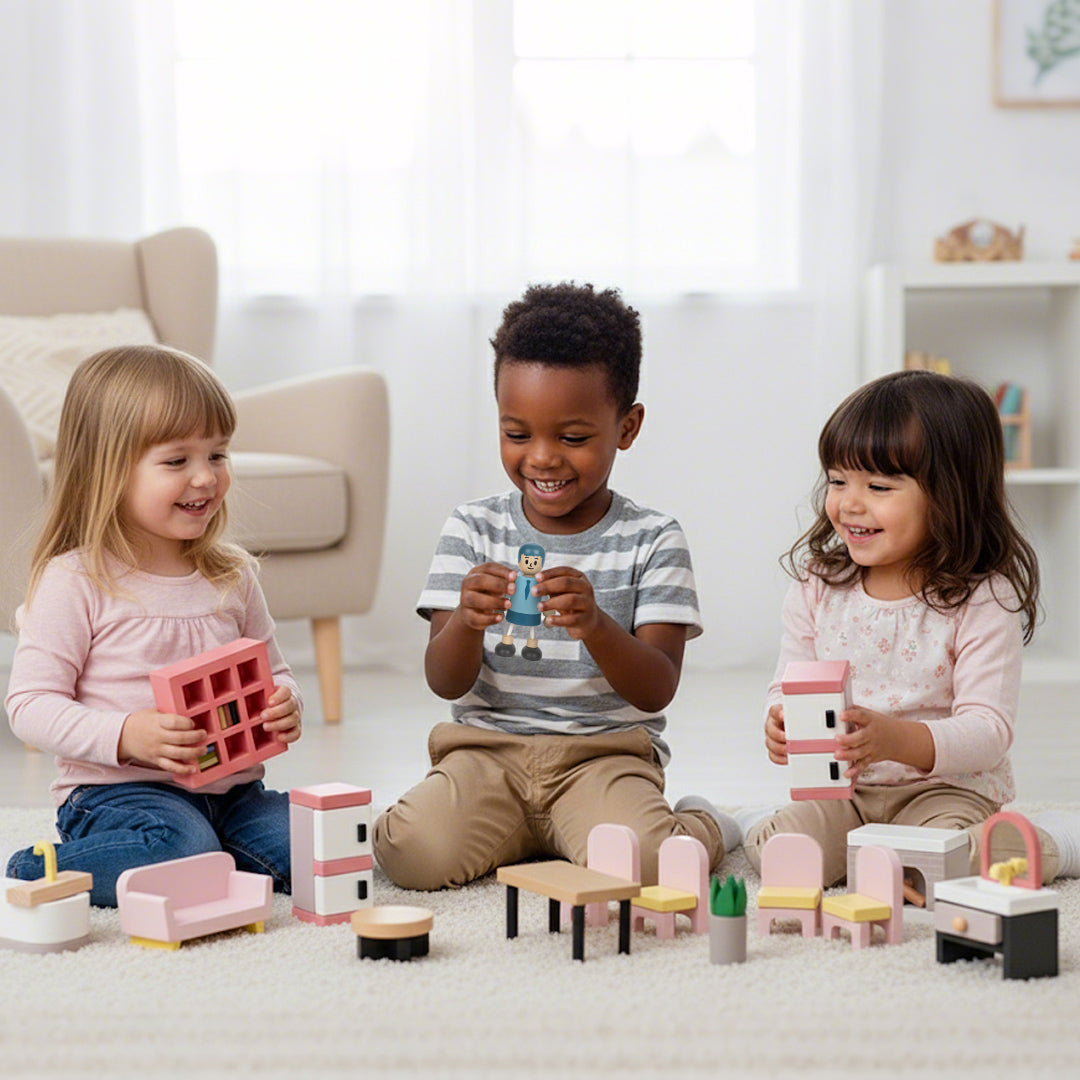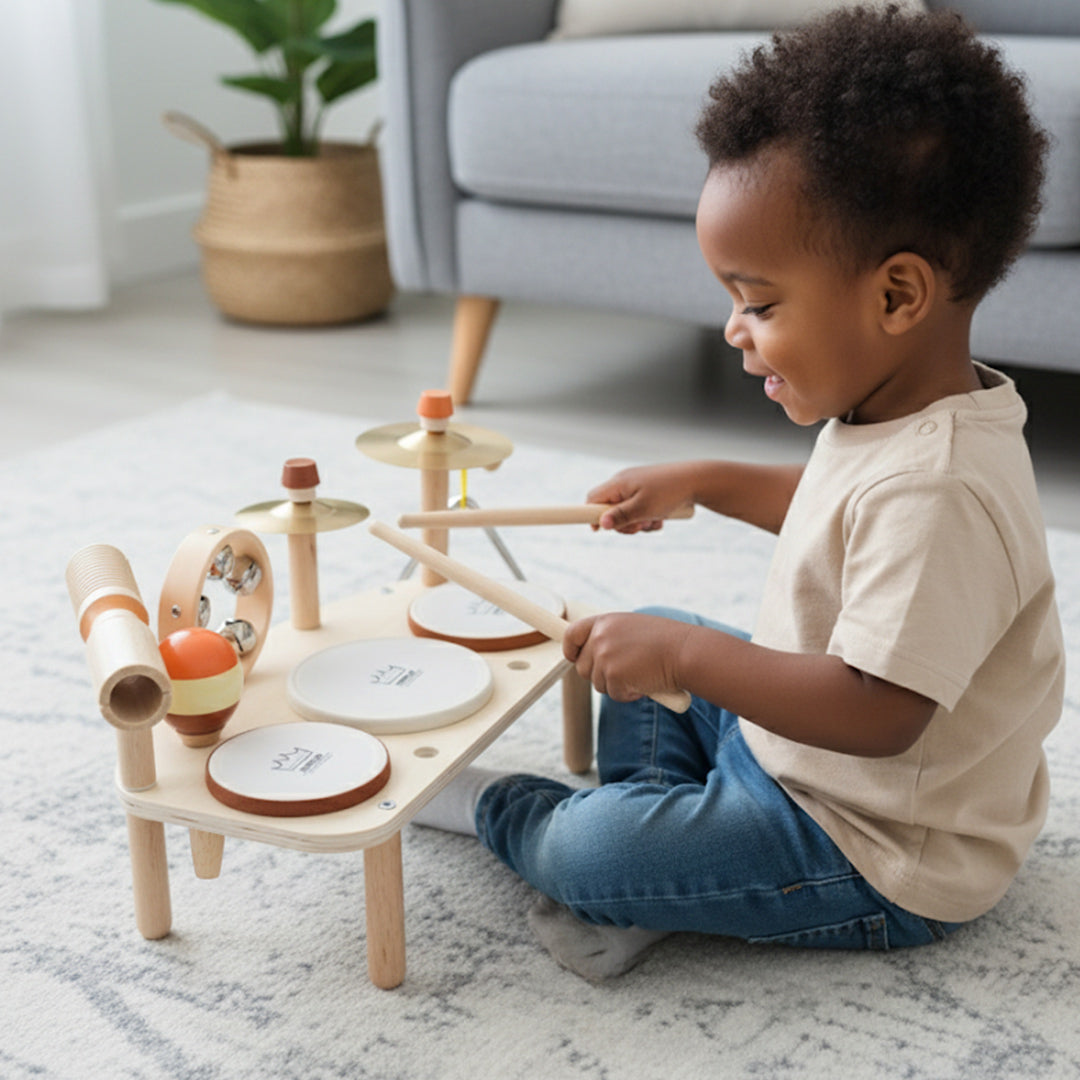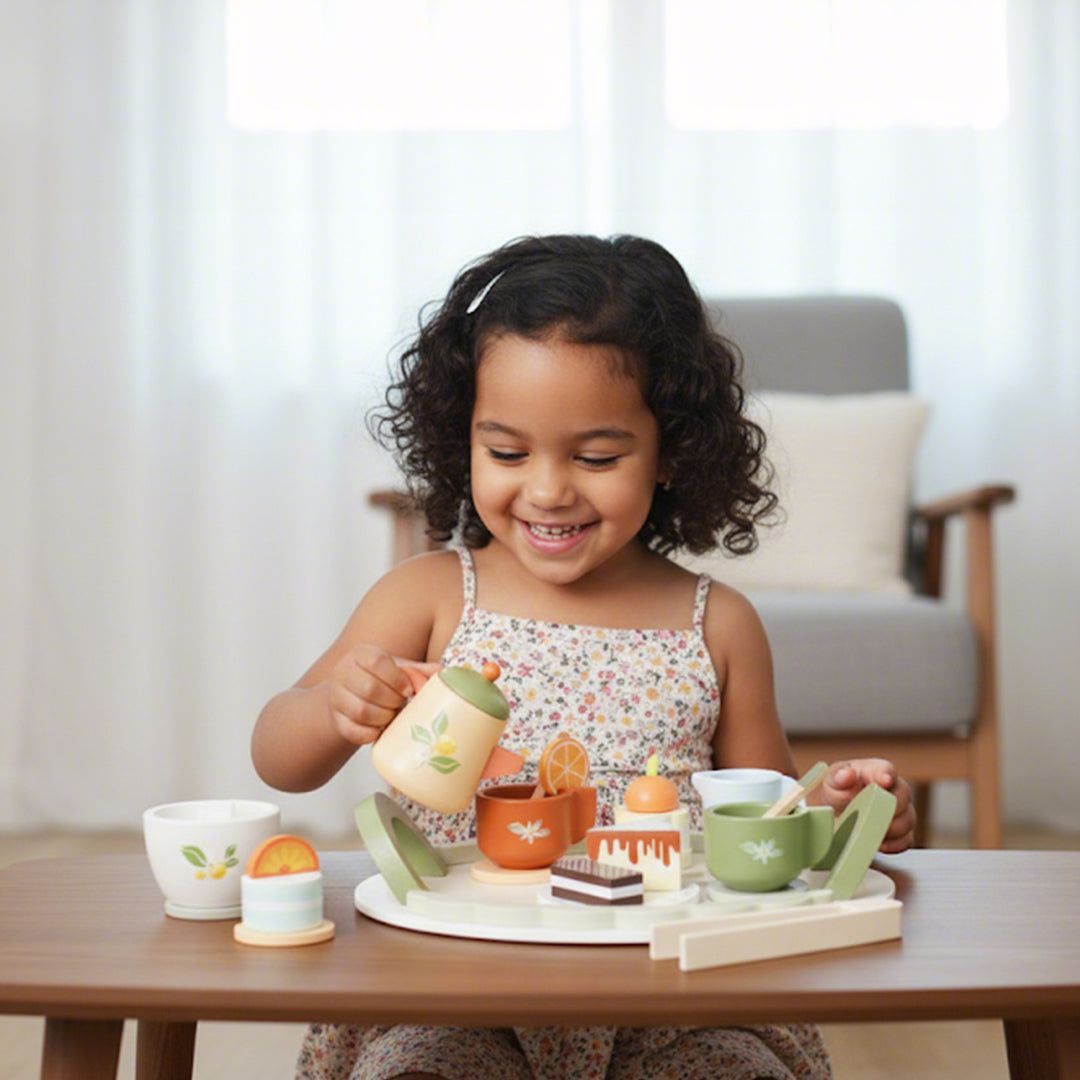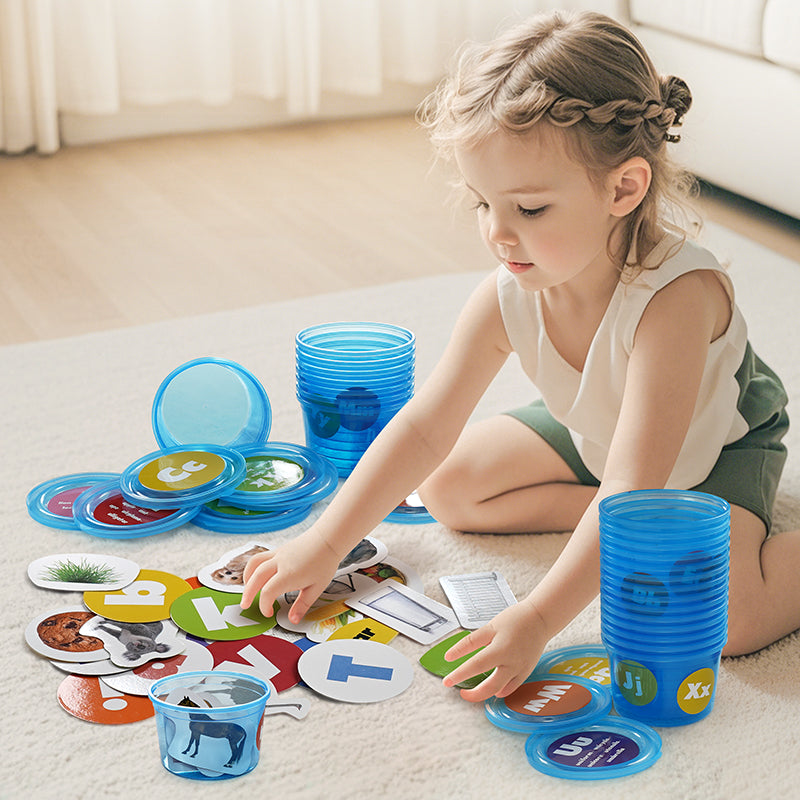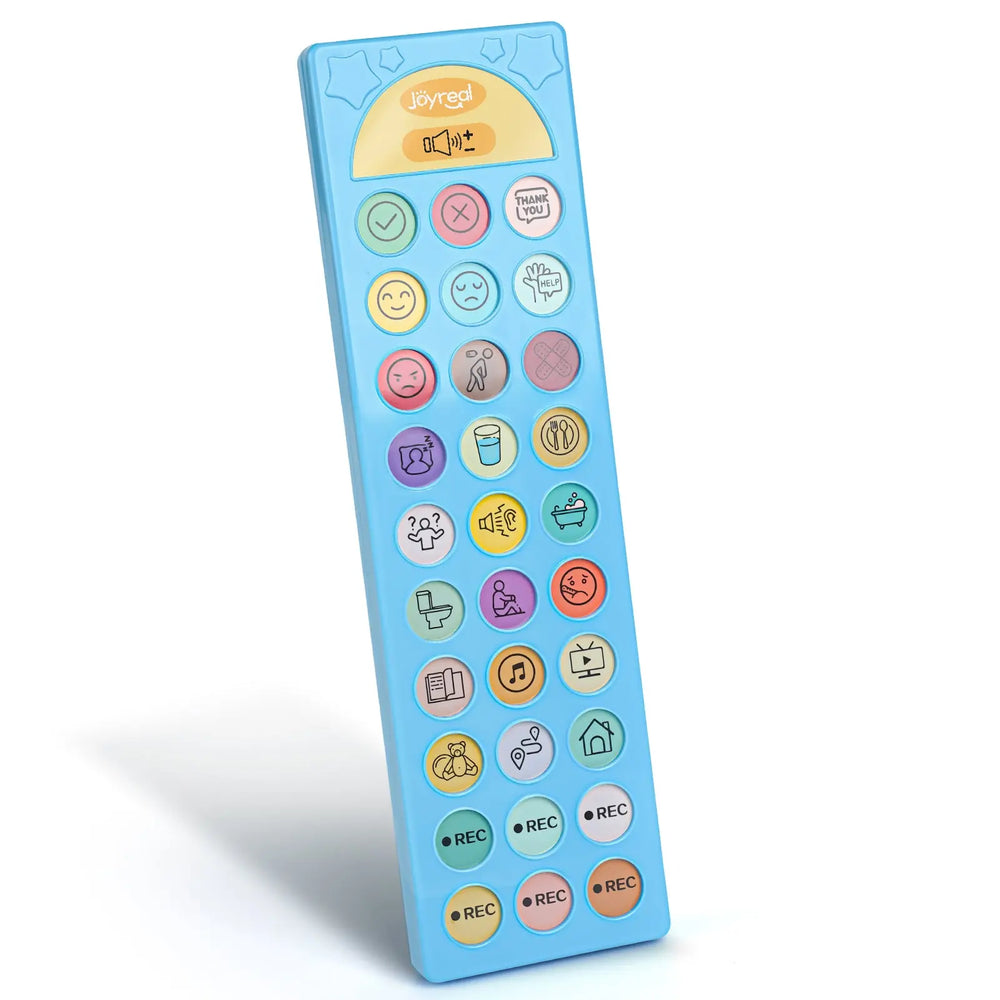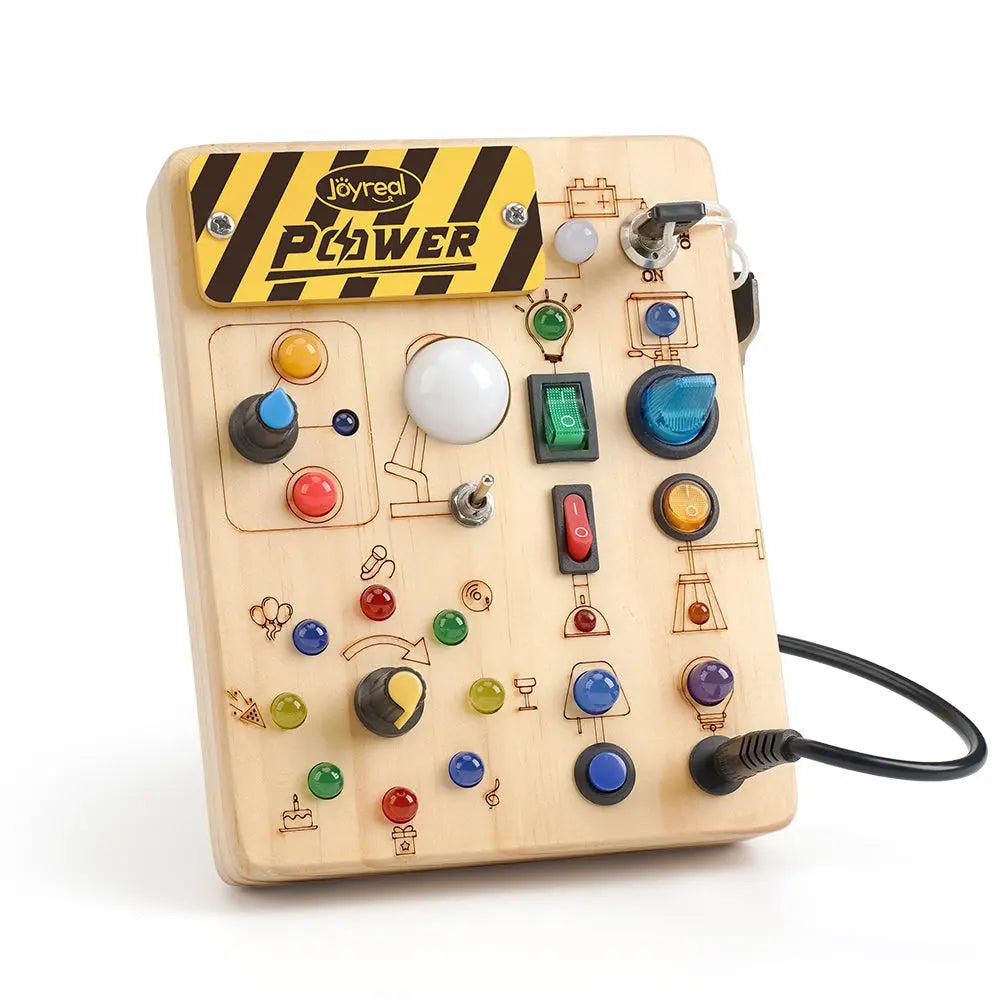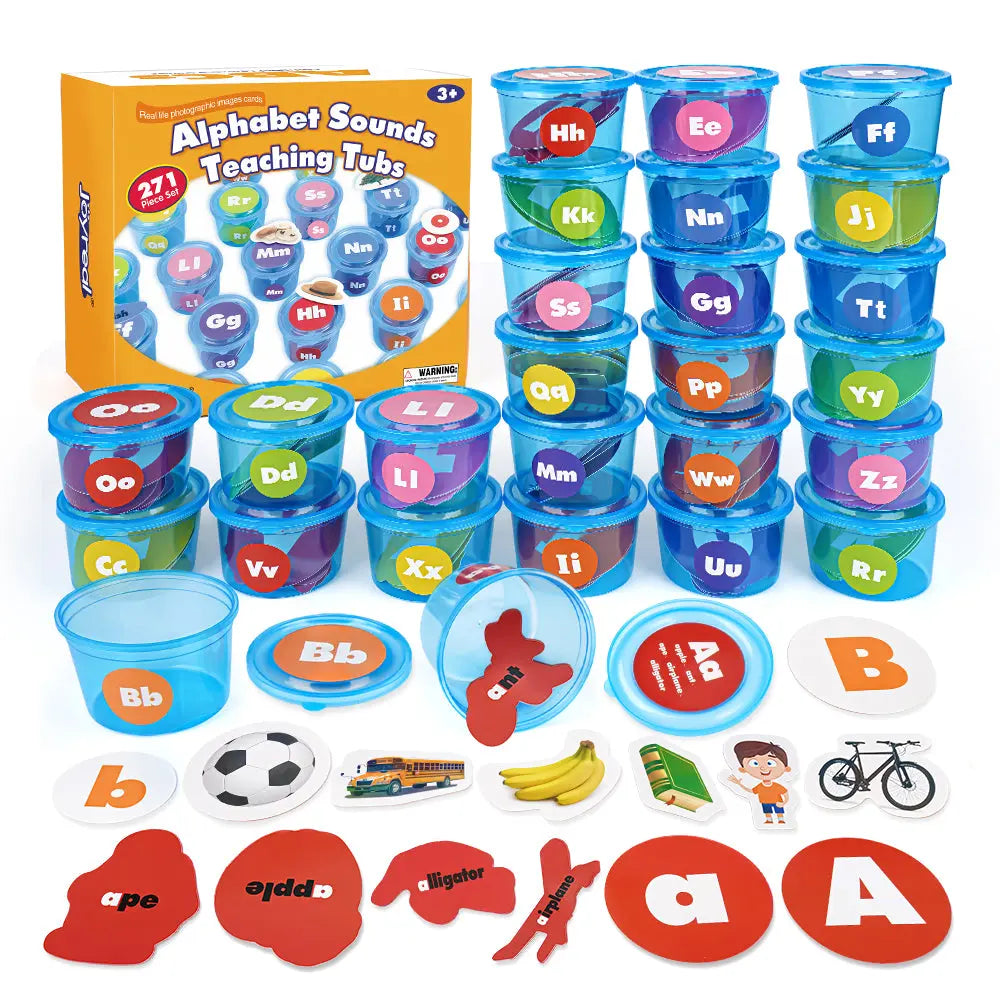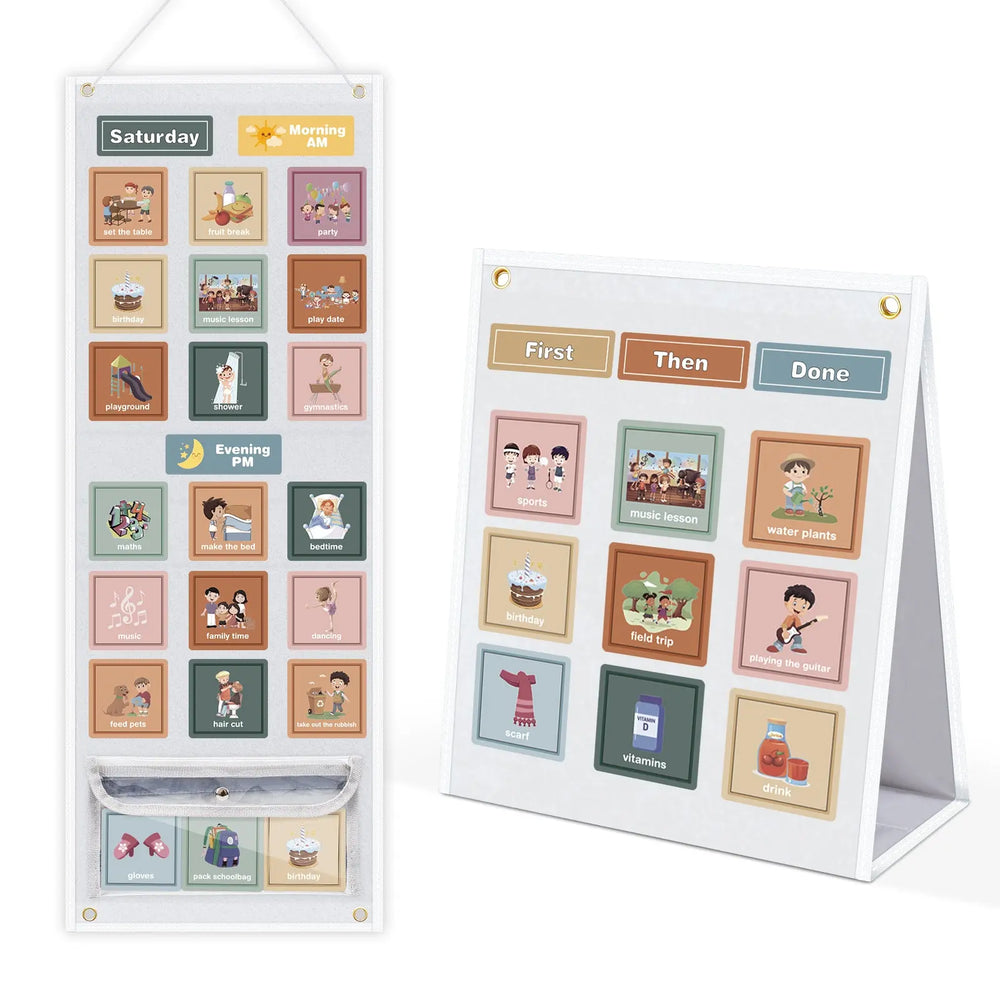The Crucial Role of Educational Toys in Early Childhood Education

Early childhood is a period of astonishing development and curiosity—a time when young brains are wired for learning at a rapid pace. The right educational toys can play a transformative role in shaping a child’s abilities, interests, and confidence, setting the stage for lifelong learning. Let’s explore why early education, enriched through play, is essential, and how educational toys make a difference.
Why Early Education Matters
Research shows that the first five years of a child’s life are the most critical for cognitive, social, and emotional development. During this window, the brain forms connections at a breathtaking rate, building the foundation for future academic success, problem-solving skills, and well-being.
Quality early education isn’t just about teaching ABCs and 123s—it’s about nurturing curiosity, creativity, social skills, and resilience. This is where educational toys take center stage.
How Educational Toys Support Early Learning
1. Stimulating Cognitive Growth
Classic tools like puzzles and building blocks build logical thinking, problem-solving, and spatial awareness. For language development, alphabet learning toys make letter recognition and beginner reading skills fun and memorable.
2. Enhancing Language and Communication
Storytelling dolls and interactive books boost vocabulary and listening. For nonverbal children or those with autism, AAC devices for autism learning are life-changing; they foster communication, social engagement, and independence, giving every child a voice.
3. Fostering Social and Emotional Skills
Pretend play sets and board games help children develop empathy, patience, and cooperation. Montessori busy board is especially effective—they encourage self-directed problem-solving and hands-on engagement, building both confidence and executive functioning.
4. Honing Fine and Gross Motor Skills
From stacking rings to bead threading, educational toys refine dexterity and coordination. Busy boards also strengthen fine motor skills, helping young children master buttons, zippers, and locks—skills that directly translate to everyday life.
Choosing the Right Educational Toys
- Age-Appropriate: Select toys designed for a child’s specific age to ensure safety and maximize learning.
- Open-Ended: Look for toys that can be used in multiple ways, sparking imagination and adaptability.
-
Safe and Durable: High-quality materials without harmful chemicals are a must.
Aligned with Interests: Toys aligned with a child’s interests increase engagement and joy in learning.
Why Montessori Busy Boards Are Perfect for Early Education

1. Encourages Hands-On Exploration
Busy boards offer real-world objects and activities (like locks, latches, zippers, switches, and buttons) that children can touch, turn, and manipulate. This tactile engagement helps to develop fine motor skills, hand-eye coordination, and problem-solving abilities—key foundations for writing, dressing, and self-care.
2. Promotes Independence and Self-Confidence
A central goal of Montessori education is fostering independence. With a busy board, children can explore tasks independently at their own pace, making choices and learning cause-and-effect through trial and error. Successfully mastering new skills on their own builds self-confidence and a sense of achievement.
3. Supports Sensory Development
Busy boards are intentionally multi-sensory. They stimulate a child’s sense of touch with different textures, shapes, and materials. Some boards include visual and auditory elements (mirrors, bells, switches), further enriching the experience. Sensory play is crucial for early brain development and helps children become comfortable with new sensations and objects.
4. Encourages Focus and Concentration
The various activities on a busy board draw children in and keep them engaged. As they explore and repeat tasks, they develop longer attention spans and better concentration—skills that are beneficial for future academic and social settings.
5. Customizable for Every Learner
Montessori busy boards come in a range of styles and can be adapted for toddlers as well as older children, or even for children with special needs. Boards can be tailored with features that align with the child’s developmental stage, interests, and abilities, making them an inclusive educational tool.
6. Safe, Screen-Free Play
Busy boards offer screen-free, active learning—something highly valued by parents and educators today. Made from natural, non-toxic materials, they’re designed to be safe for small hands and durable for everyday play.
The Power of Speaking Toys in Language Development for Early Education
Speaking toys—such as talking dolls, interactive alphabet boards, and story-telling animals—use recorded voices or digital sound chips to help children learn words, sentences, and songs.
- Model Pronunciation: Children hear clear examples of letters, words, and phrases, aiding early reading and vocabulary.
- Encourage Repetition: Kids repeat what they hear, reinforcing memory and speech practice through fun play.
- Interactive Conversations: Modern speaking toys often respond to a child’s actions, promoting turn-taking and listening skills.
- Support Social Learning: By mimicking dialog and storytelling, these toys help children grasp the back-and-forth nature of conversations.
Speaking toys are especially helpful for children who are beginning talkers, as well as for second-language learners.
Meanwhile for children with autism or other speech and language disorders, communication is crucial—and selecting the right tools can make a significant impact.
For Children with Speech Delays or Nonverbal Needs
The Joyrel AAC Communication Tool bridges the gap between play and essential skill development. It’s not just a toy—it’s an innovative device that empowers speakers of all abilities. Whether used as an early education tool or a specialized speech therapy device, it offers unparalleled functionality, inclusivity, and growth potential.
Why It Works
The Joyrel AAC device empowers children who struggle with speech to express themselves, make choices, and participate more fully in their social world. It enhances early learning by:
- Providing a voice when words fail,
- Encouraging active learning through play,
- Supporting emotional health by enabling clearer self-expression.
It goes beyond being a toy—serving as an accessible, user-friendly, and effective tool for speech teaching and early communication skill-building.
Both speaking toys and aac devices for autism can complement each other, especially in inclusive classrooms or homes. Using both ensures that every child—regardless of language ability—gets the chance to express themselves, learn, and connect with others.
Real-World Benefits
Parents and educators increasingly recognize the role of play-based learning in preparing children for kindergarten and beyond. Studies reveal that children exposed to hands-on, educational toys demonstrate better school readiness, social cooperation, and problem-solving abilities.
Major brands and new innovators are responding to this demand, creating toys that blend fun with foundational knowledge—whether through building sets, coding robots, or interactive games that adjust to a child’s pace.
Conclusion
Early childhood is a magical time for growth, discovery, and building healthy habits. Educational toys are not just entertainment—they’re powerful learning tools that ignite curiosity, reinforce critical skills, and make the journey of early education joyful and effective. By choosing the right toys, caregivers and educators can unlock each child’s full potential and foster a lifelong love for learning.
Maybe it will be helpful for you:
Recent Post

What Finally Helped My Toddler Speak Up?
If you’re a toddler mom, you already know how much emotional weight...

Joyreal Christmas Toys Deals 2025
Enjoy instant savings across nearly every category, from early lear...

How Wooden Montessori Toys Support a Sustainable Childhood
Most parents don’t say it out loud, but many feel the same quiet fr...

Top Christmas Gifts to Help Kids Communicate Better This Holiday Season
The holiday season brings joy, family bonding, and endless opportun...

How to Make DIY Printable Communication Boards
Communication is at the heart of every child’s development — and fo...

Top 5 Christmas Gifts That Bring Families Closer (2025 Guide)
Christmas isn’t just about the gifts — it’s about the moments we c...

Top Musical Christmas Gifts for Toddlers & Preschoolers 2025
Why Musical Gifts Are Perfect for Toddlers and Preschoolers Music h...

Joyreal AAC Devices Wholesale Partner
In today’s educational and therapeutic environments, speech therapi...

Joyreal AAC Device – Big Sale for Autism & Speech
Every Voice Deserves to Be Heard Imagine your child looking up at y...

How to Choose Safe & Educational Toys for Christmas 2025
When “Just a Toy” Means So Much More If you’re a parent, you know t...
